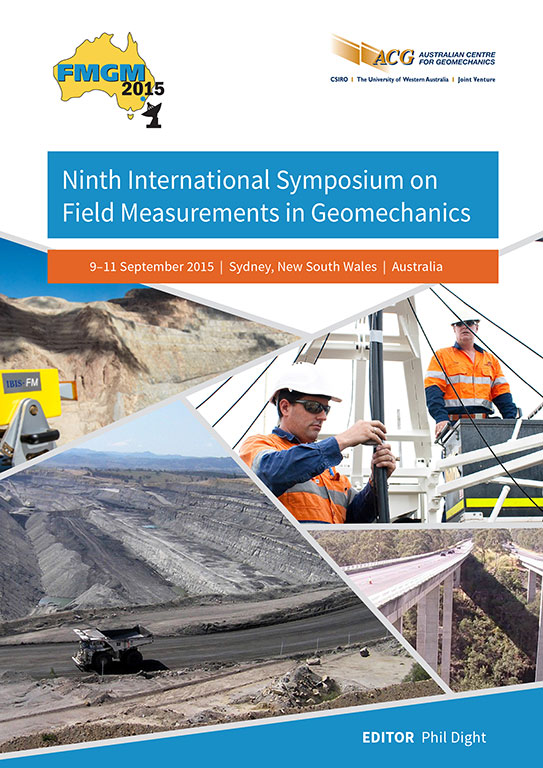Robust monitoring for high risk underground excavations

|
Authors: Salcher, M |
DOI https://doi.org/10.36487/ACG_rep/1508_27_Salcher
Cite As:
Salcher, M 2015, 'Robust monitoring for high risk underground excavations', in PM Dight (ed.), FMGM 2015: Proceedings of the Ninth Symposium on Field Measurements in Geomechanics, Australian Centre for Geomechanics, Perth, pp. 409-422, https://doi.org/10.36487/ACG_rep/1508_27_Salcher
Abstract:
This paper discusses methods for monitoring underground excavations in rock, such as tunnels, caverns and underground mine openings. A case study, the excavation of a major railway cavern, is used to present a set of instruments that may be used to obtain valuable data where the failure of a critical instrument has the potential to cause delays to the project. Modern instruments such as shape acceleration arrays, electronic rod extensometers and photogrammetric techniques are compared to conventional devices such as inclinometers, automated total stations and tape extensometers. Some of the practicalities involved in taking readings and installing these systems are highlighted. It will be demonstrated that while the most recent advances in technology may offer convenience when functioning properly, conventional instruments are preferred for a robust monitoring system for high risk underground excavations.
References:
Salim, A, Clarke, S & Mostyn, G 2012, ‘Eight years of monitoring reactive soils along the Epping to Chatswood Rail Link’, in GA Narsilio, A Arulrajah & J Kodikara (eds), Proceedings of the 11th Australia New Zealand Conference on Geomechanics (ANZ 2012), Australian Geomechanics Society and the New Zealand Geotechnical Society.
© Copyright 2025, Australian Centre for Geomechanics (ACG), The University of Western Australia. All rights reserved.
View copyright/legal information
Please direct any queries or error reports to repository-acg@uwa.edu.au
View copyright/legal information
Please direct any queries or error reports to repository-acg@uwa.edu.au